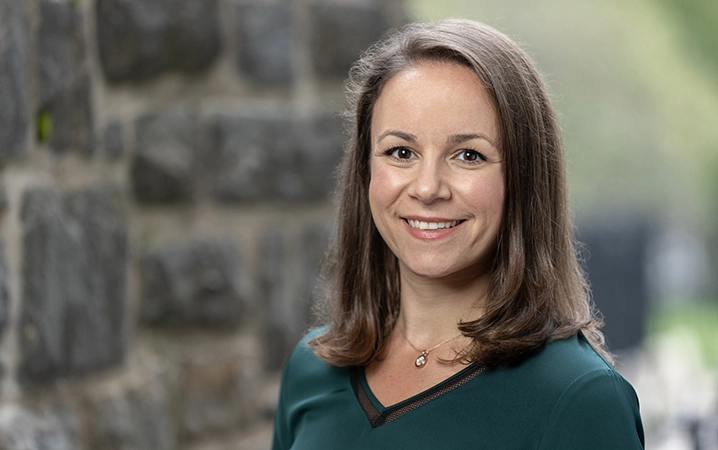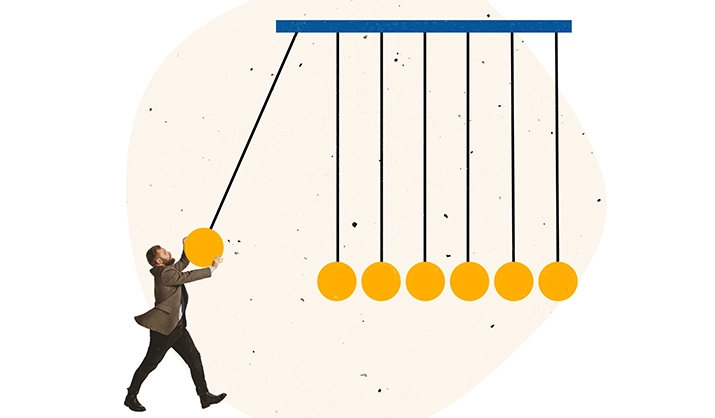A dramatic shift in demographics occurred over the last decade. The 2020 Census data released last summer indicated that the United States grew significantly more diverse. While overall population growth slowed substantially, those who identified as Hispanic, Asian, Black and more than one race saw an increase of about 23 million people. The biggest population jump was among people who identified as more than one race, a category that first appeared on census forms 20 years ago and now is the fastest-growing racial and ethnic category.
Much of this rising racial and ethnic diversity is found among millennials, Gen Z, and younger generations after those. This generational difference in diversity is pronounced: More than 70% of baby boomers and elders identify as white alone, while only half of the combined Gen Z and younger populations do so. Nearly two-fifths of the younger demographic groups identify themselves as “black or brown.”
While overall population growth slowed substantially, those who identified as Hispanic, Asian, Black and more than one race saw an increase of about 23 million people.”
This data has significant implications for any brand marketer. Brand marketers will need to address this radical shift to win over the next generation of customers. The attitudes, perceptions, and preferences of the younger, more diverse population are often radically different from those of older generations. New penetration for brands and products will likely come from winning with youthful diversity (new users) or differentiating in this area versus competitors. Now more than ever companies need to stay on top of what this means in their category and for their users. Some of the insights approaches for understanding multicultural needs include:
- Ethnographies — a rich technique for getting closer to diverse consumers in their daily lives
- Segmentation — deploy more creative ways of defining segments based on cultural identify
- Usage and attitude studies — younger, more diverse segments have very different expectations and offerings in products, especially in food and personal care
- Immersion excursions — brand teams benefit from face-to-face immersive visits to cities and neighborhoods with diverse populations.
- Empathy learning — putting yourself in the shoes of the diverse, younger customer can lead to transformation and new product ideas. Hear SVP Joanne Suh explain more about this approach.
This dramatic population shift occurring in the U.S. is resulting in consumer behaviors and purchase decisions that are changing rapidly. For years, brand marketers believed trend research could last five years. In today’s fast-moving growth of multicultural consumers, smart marketers will keep their fingers on these trends much more frequently.
Want to discuss methodologies for insights into multicultural audiences?




